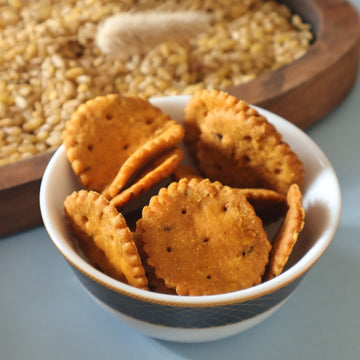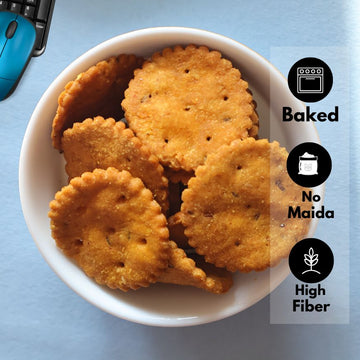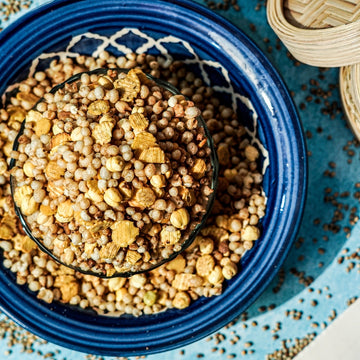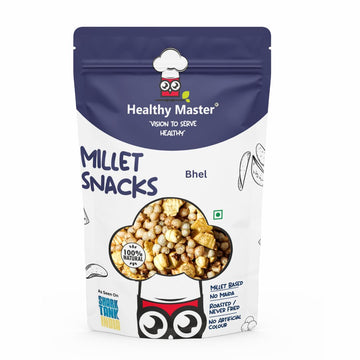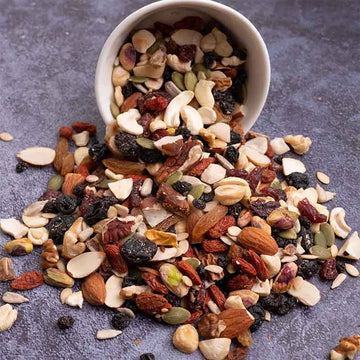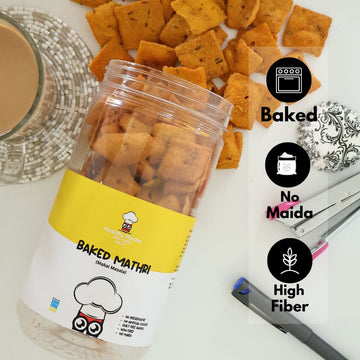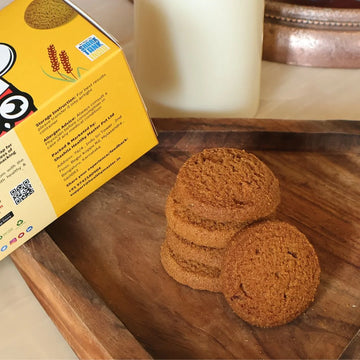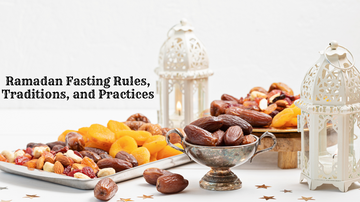
The holy month of Ramadan occurs on the ninth month of the Islamic lunar calendar. During this holy period, all Muslims abstain from any type of food or drink from sunrise to sunset. Commonly, this fast is observed for 30 days. Here you will find some basic information on the rules, traditions, and practices to consider during the Ramadan fasting.
What symbolizes the act of Ramdan fasting?
According to the beliefs and practices, the act of fasting during the Ramadan month is to remember the less fortunate and also show gratitude. Understanding and following the five pillars, duties, or rules of Ramadan fasting is mandatory for all healthy Muslim adults. However, children who haven't reached puberty, physically or mentally challenged, the elderly, breastfeeding mothers and pregnant women are exempt.
The right type of fasting during the Ramdan month means abstinence from all types of food and drinks, including water, from sunrise to sunset. In most cases, people will eat a pre-fast meal called “Suhur” before dawn. This meal usually resembles breakfast or even dinner-like dishes in some cultures. The fast is broken after sunset with a meal that starts with dates, water, or milk, followed by dinner. People are also allowed to snack at night between the two meals. Hydration is highly encouraged within the community as the fast falls during the summer months.
What to Eat During Ramadan Fasting?
During the Ramdan fasting, it is very important to include high-fiber meals. This will keep you satiated for a longer period and go through the day. It is also important to include fruits and vegetables to maintain electrolytes in the body, and plenty of fluids to stay hydrated. If possible, you should try to avoid too much-fried food or sugary treats. However, it is a common cultural tradition to include sugary treats in the diet. In such cases, make sure you are not over-consuming it.
Where to Buy Khajoor and Dry Fruits for Ramadan Fasting?
If you are looking for premium quality dry fruits and khajoor for Ramzan fasting, ordering it from Healthy Master could be the best option. The brand is known to offer high-quality dry fruits at the best rates. You will also find a huge variety of dry fruits and healthy snacks that you can order from the site. For instance, when it comes to dates, you will find Kalmi dates, jaljeera, Medjool, Ajwa, and other varieties. This will make it easy for you to choose the right options that suit your needs and preferences. You will also find many other dry fruits and snack categories that are not just tasty, but also very nutritious to keep you nourished during fasting hours.
Festival of Breaking Fasts:
After Ramadan (completion of the fasting), people celebrate Eid-Al-Fitr, the Festival of Breaking Fasts. This also marks the spiritual renewal from Ramadan and commemorates the blessings. In most cases, the first day of Eid-Al-Fitr starts with a morning prayer at the mosque. People attend the prayer, greet each other, and gather with family and friends to celebrate over the food.
Eid-Al-Fitr is celebrated all around the world with amazing food and beverages. The foods greatly differ from one place to another and cultural origins. This includes many world-famous savory foods such as haleem, samosas, biriyani, jalebis, and different types of kebabs. There are also many other types of dishes and snacks enjoyed during this time.
Famous Iftar Recipes to Try:
There are a multitude of dishes, snacks, desserts, and beverages prepared during the Ramadan month. However, these are some of the must-try ones that you can make at home and enjoy with your loved ones.
This is the ultimate recipe for people looking to enjoy authentic kunafa. This classic Middle Eastern dessert is world-famous. This crunchy buttery dessert is basically made from shredded phyllo pastry with a layer of homemade cream known as Queshta. It is drizzled with sweet syrup and garnished with chopped nuts. Kunafa is one of the prominent and perfect desserts for Iftar.
Ingredients:
- Kunafa dough
- Confectioner’s sugar
- Ghee
- Whole milk
- Heavy cream
- Cornstarch
- Pistachios
- Lemon juice
- Rose water
- Water
- Sugar
Instructions:
Preparing sugar syrup:
Combine sugar and water in a small saucepan and mix it well on low flame. Boil the liquid for 9 to 10 minutes until the sugar thickens. Turn off the heat, add Rose water and lemon juice and mix well. Keep it aside to cool down before sprinkling on the kunafa.
Preparing Pastry Cream:
Add milk, heavy cream, and cornstarch in a saucepan and mix well. Place the pan on medium heat and stir until it turns thick and creamy. Turn off the heat and keep it aside.
Preparing Kunafa Dough:
Chop the phyllo dough into inch-long pieces. Place all the chopped dough in a bowl and try to separate them well. Next, add confectioner’s sugar and mix with your hands until evenly dispersed. Pour ghee onto the dough and mix well. Rubbing it between the fingers will coat the ghee evenly on the dough.
Baking Kunafa:
Preheat the oven to 200C. Take a baking container and generously butter it. Proceed with this step even if you are using a nonstick pan as it will give a golden glow to the dish. Evenly place and spread half of the Kunafa dough in the pan and pour the homemade pastry cream. Use a spatula to spread the cream evenly. Place the remaining kunafa dough on the cream carefully and spread it evenly. Gently press down with your hands.
Place the pan in the oven and bake it for 30 - 50 minutes. Cook until the bottom of the kunafa is golden. Next, turn off the oven and turn on the broiler to give a golden color to the surface. Once the kunafa is crisp, you can remove it and let it cool for some time. Invert the kunafa on a serving plate and pour the sweet syrup evenly. Garnish it with chopped nuts or pistachios.
Chicken mandi is one of the oldest yet most popular Arabian dishes prepared during the Ramadan month. This is a perfectly seasoned and aromatic dish packed with flavors. It is truly a wholesome dish to prepare and enjoy with the family.
Ingredients:
- Chicken
- Spice Mix
- Butter
- Onion
- Tomato
- Green Chilli
- Olive Oil
- Spice Mix
- Rice
- Cumin Powder
- Coriander Powder
- Black Pepper Powder
- Cardamom Powder
- Cinnamon powder
- Cloves
- Turmeric powder
- Red chili powder
- Salt
Instructions:
Making this dish can be easier than you think. If it goes right, you will be rewarded with one of the tastiest rice you would have ever had. Firstly, you should marinate the chicken. Start by seasoning the chicken with salt. Next, mix the butter with the Hawaij spice and brush it on the chicken. Set the chicken aside for ten minutes. Next, preheat the oven to 190C. Cover the chicken with an aluminium foil and bake for thirty-five minutes. Additionally, remove the foil and bake the chicken for another twenty-five to thirty-five minutes.
The next process is to make the mandi rice. You should start by heating olive oil in a pot. Add onion and fry them until translucent. Next, add tomatoes and green chilis and stir on medium heat for four minutes. Add the Yemeni spice blend and stir for another two minutes. Pour water and add salt. Once the water comes to a boil, add rice and when the mixture boils again, reduce the heat to low flame.
After cooking the rice for 15 minutes, uncover and stir the rice gently to bring the rice from the bottom to the top. Cover tightly and cook for another 15-17 minutes. Remove the rice on a plate, place the chicken on top, and garnish with almonds and raisins. Serve the chicken mandi hot.
Conclusion:
Ramadan is a holy opportunity for seeking forgiveness and repenting for past sins. During this auspicious time, people indulge in increased devotion, reflection, and heartfelt prayers. This festival also emphasizes generosity, compassion, and empathy towards others, especially those who are less fortunate. This is also a time to reflect on your health and also enjoy some mouthwatering dishes. So, go enjoy those delicious meals with others, exercise goodwill, and spread love and joy for others.











